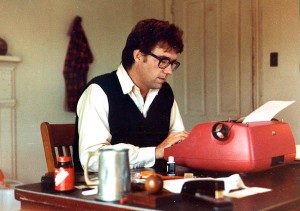There is real pain and conviction in Johnnie Frierson’s music. Previously a songwriter for Stax and touring member of O.V. Wright’s gospel group the Sunset Travelers, these later-era songs were recorded solo in his garage at some point then sold on cassettes in local Memphis record stores in the 90’s. The fact that they have been rescued from the jaws of obscurity by Light in the Attic records proves how essential that record label really is.
Mother Sky Live
This is an amazing version of Mother Sky with really great sound quality. Some of the kids in the audience do not seem like they are quite on the Can train…..
Ignorance and Bliss After Election Day
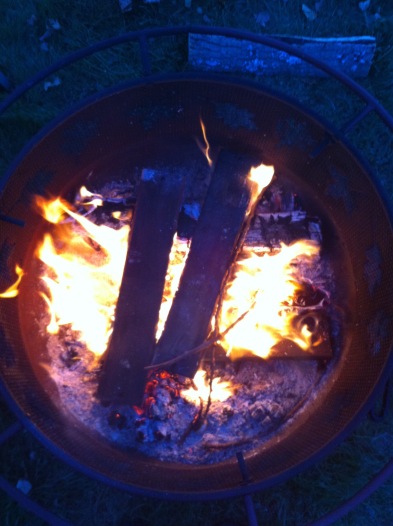
Election Day happened and I quit the internet.
Not completely, but mostly. I haven’t been to any news or social media site since the evening of November 8th.
No Twitter, no CNN, no Reddit, no Instagram, and definitely no Facebook. Not even local news.
I have continued to use Spotify, Stream Amazon Prime and listen to podcasts about old movies. But already, seven days into this break from the noise, my mind feels clearer, cleaner and more spacious.
When I have come home in the evening, I’ve put my phone on the kitchen counter and let it sit there until morning. Chrome has been used sparingly to check my email a few times. But all of those information feeds–the news, Reddit posts, random stuff on Boing Boing, what some girls I knew in high school are posting to Instagram, essays on the state of the nation in the New Yorker, the Atlantic, The Daily Beast, blah blah blah–those have remained out of sight and out of mind. And instead of filling my head with them, I’ve played with my son. I’ve also done yard work, made some grilled cheese sandwiches, listened to the latest Orb album without looking at anything else, read a novel, played with my son some more, written, thought and tried to sleep well.
When I think of the ways I want to spend my time, the things I’d like to accomplish, the memories I want to make, staring at the endless feed of news, controversies, cats, complaints and bullshit drama that streams out of the web isn’t really one of them.
That world has become too loud, fast, ephemeral and, in essence, meaningless. At least for me, right now. There have been a thousand treatises written on what’s unhealthy about the online world we’ve created for ourselves. I don’t need to add to them here. All I can say is it feels good to step away for a little while.
I composed this post offline in Scrivener. I did it without clicking away to check twitter, or checking to see if anything had changed on the Daily Beast’s Cheat Sheet. This sounds obvious and hardly novel. But over the last few years it’s become anything but.
Over the last few years, typing the names of certain websites into my browser has become an almost unconscious reflex action. Same with taking out my phone to check a social feed while waiting in line to buy lunch. Time to change that.
I’m interested in seeing how long I can go. How disconnected I can get. How much real estate I can recover in my mind. Already I’ve overheard people at work talking about news I am completely unaware of. I’m not just okay with this, I welcome it.
It’s fall, and next weekend I might have a fire.
Captain Beefheart Live 1972
For me, listening to Captain Beefheart and his Magic Band is like suddenly seeing the world in color for the first time. Spend a little time listening to Trout Mask Replica and everything else just feels so tied down by rules and convention.
Japanese William Gibson Covers
These are covers for William Gibson Sprawl novels (Mona Lisa Overdrive is missing) published by Hayakawa, and designed by Yukimasa Okumura. They have a kind of proto-glitch art look to them, although upon close inspection you can see they are actually very intense collages.
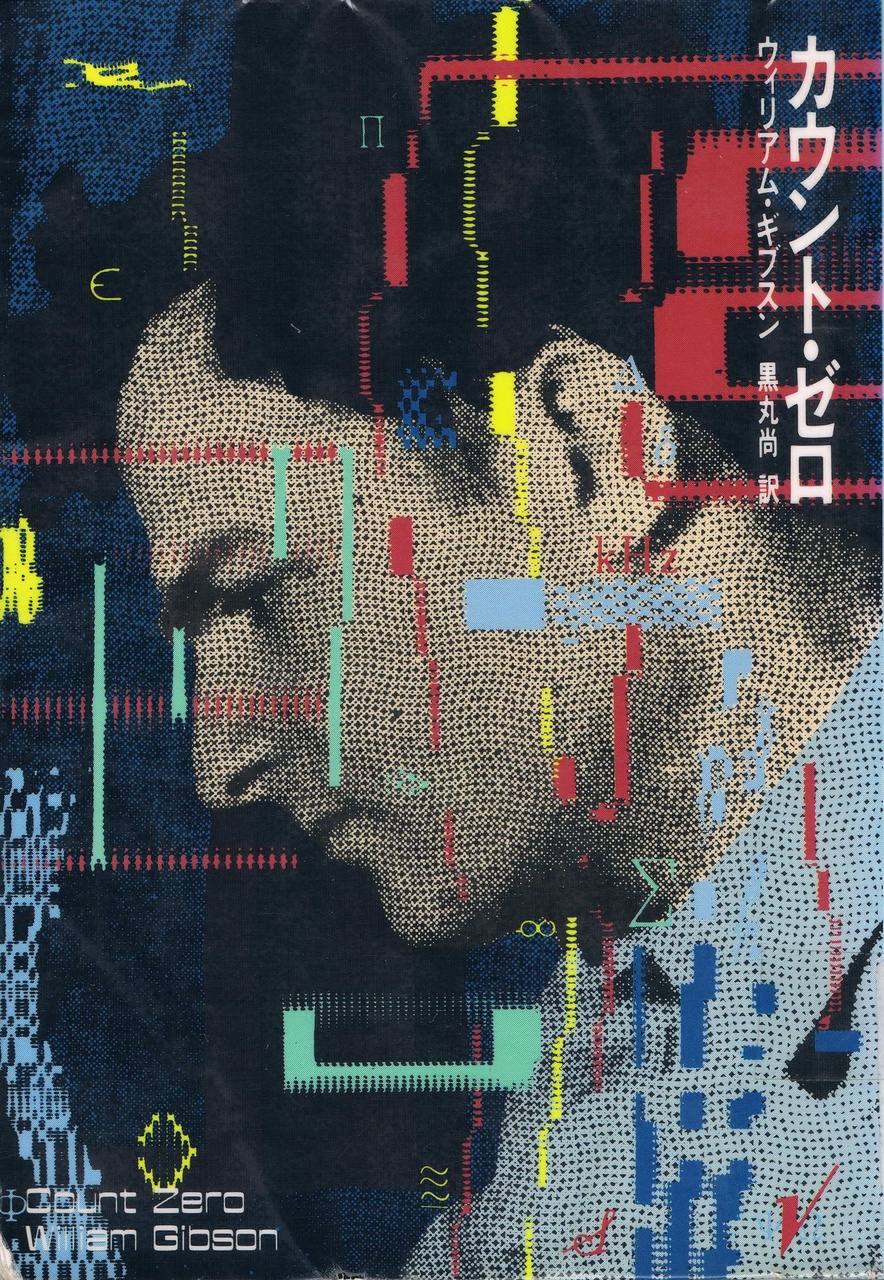
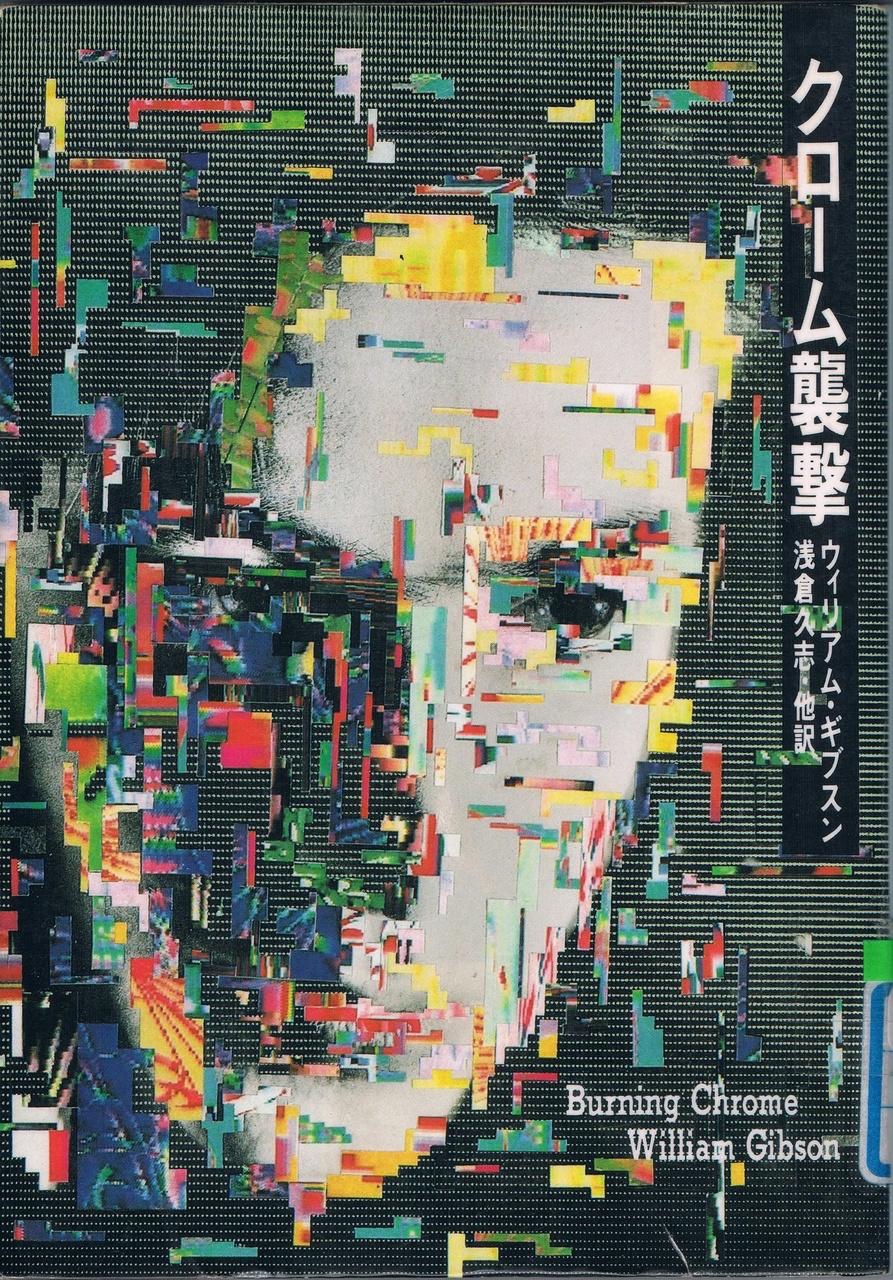
McCartney Songs from OOBU JOOBU
Browsing through YouTube suggestions today when I came across a series of Paul McCartney cuts from his short-lived radio series Oobu Joobu.
From Wikipedia:
Oobu Joobu was a radio show created by Paul McCartney in 1995 and described by McCartney as “wide-screen radio”.[1] The program aired on the American radio network Westwood One and its name was inspired by a BBC production of Alfred Jarry‘s Ubu Cocu. Because the show’s material included demos, rehearsals, live performances, and unreleased recordings of Paul McCartney and The Beatles, many of the programs have been bootlegged.
If You haven’t heard any of the music from these programs, you can find a lot of the cuts on YouTube. But they don’t really compare to the experience of hearing them in the context of the show which includes recipes, interviews and a whole slew of weirdness. If you’re interested at all in what McCartney was up to in the late nineties right before Flaming Pie came out, do yourself a favor and download full episodes from your favorite source of such exotic wares.
The Hazards of Soft Machine
Later era Soft Machine is often dismissed as the work of a band past their prime. If that’s true, then how do you explain this?
Spinner Rack of Destiny

The train station where I start my day every morning has this spinner rack of free books for commuters. I believe paperbacks are the best format a book can come in—I love everything about them from the size to the art to the smell. And I’ve managed to snag some truly great novels from this spinner including two by Gene Wolfe (Book of the New Urth and Free Live Free), a big thick collection of Dashiel Hammett stories and Watership Down.
What I really love about the Spinner Rack of Destiny though is the random nature of the collection. There are amazing sci-fi and crime novels mixed in the with diet guides from the seventies, endless romance novels and political autobiographies from candidates who last ran a decade ago.
The spinner rack embodies the best kind of browsing: the books are completely uncategorized and of wildly varying quality. Exactly the kind of place you’re likely to find something unexpectedly wonderful.
Libraries I Have Known and Loved
Your library’s pulse will be there beneath your feet. I promise. You’ll feel its mind percolating in the hive of activities, talks and events running through its halls. Its beating heart can be felt as you navigate your way through the stacks in search of exactly the right Dewey decimal number. Its memories lay impressed like gravestone etchings on the fading date stamps at the back of every musty hardbound book.
Libraries are alive — growing adapting and dreaming side by side with the patrons and communities they serve.
And they do serve us: faithfully, without rest, and always free of charge. They patiently answer our questions and relentlessly fuel our imaginations.
But while libraries are living creatures, they are also public institutions. And like all public institutions they face the brick walls of bureaucracy, the fickle sway of public opinion and the political gamesmanship of our leaders.
Lately, the usefulness of our libraries seems to be a question floating in the air. Few come right out and say it, but there’s a growing sentiment in some quarters that our libraries’ best days are behind them. That perhaps our tax dollars might be better spent elsewhere. That we should give up on these generous creatures and allow them to go extinct.
I believe the opposite. But this piece isn’t going to be a list of all the reasons libraries should be counted among our most valuable public resources. You can find those arguments in enough places already.
Instead, I just want to talk about what libraries have meant to me. And so here, in chronological order are some of the libraries that have made an impact on my life:
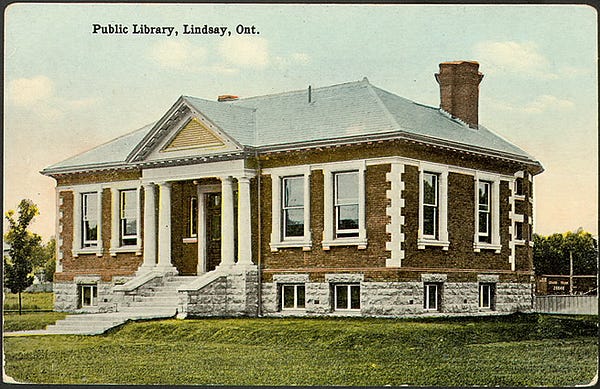
The Lindsay Public Library
My first. And the one that taught me the endless adventures that can be found in the stacks. Like many libraries in North America, it’s actually a combination of two buildings. One a beautiful old victorian structure featuring roman columns, the other a sixties-era modernist government thing made from large windows and tall ceilings.
My mother would bring me here regularly and by seven-years-old I was spending a lot of spare time here alone with no one to keep me company except the librarian who always seemed patient and encouraged my reading.
The children’s department had two Commodore PET computers with green monochrome monitors which you were allowed to play on for a half hour at a time. The computers weren’t really capable of much, but they did have a few text adventure games, including one I loved where you had to hunt down Dracula before he attacked too many of the townsfolk. It was amazing.
This is the library where I first came into contact with Dewey decimal sections 100–130, an area I feel is often both the most neglected and interesting.
It tends to be neglected simply because it’s close to the beginning of the system, and ends up being placed in some out of the way edge of the collection. It’s interesting because a lot of a library’s more esoteric and strange books end up here, where computer science and futurism bumps up again the occult and supernatural.
The is the section where I was first exposed to Usborne publishing’s fantastic Mysterious World collection, where I found countless pictures of futuristic cities and juggernaut space vehicles and where I terrified myself half to death reading a book about Witchcraft that had a long section devoted to the real case the exorcist had been based on.
That book, and few others I found in those stacks haunted my young mind. But in a good way. Maybe that sounds strange to some people, but others out there know what I’m talking about. There are times when it’s good to let a book leave a scar. Especially when you’re small. It makes the world feel strange, wild and beyond knowing. Which is exactly what some books — especially some children’s books — are for.
The Whitby Public Library
I’ll be honest: this library wasn’t the greatest. But like many things when you’re a teenager, you make the most of what you’re given.
This was my main library through high school. And while we never quite fell in love, we had a very nice longterm relationship. Granted this was due to circumstance rather than any sort of real affinity for one another. It was a bit of an arranged marriage really. But sometimes those marriages work quite well in spite of themselves. It’s worth noting that I did some significant cheating with my nicely stocked school library which featured a full set of Richard Cavendish’s Man, Myth and Magic.
Since I left, the town of Whitby has gone on to demolish this building and replace it with a state of the art facility straight out of some architectural magazine. But that wasn’t the library I knew. The library I knew was another product of sixties government modernism. Large plate glass windows with dust bunnies and spider webs accumulating in the corners, worn-through carpeting and a faint smell of mold.
As a teenager I was terrible student and frequently skipped school to go spend time by myself in the reading room, surrounded mostly by older men who had come to read the newspaper. I remember one dark and rainy afternoon spent there reading Oliver Sacks’ the Man who Mistook his Wife for a Hat.
There was nothing too remarkable about the afternoon. But something about it has stuck with me: the silence of the reading room punctuated by the occasional page turn of a newspaper. The sound of rain dancing on the roof.

A vision from a brutal future
It holds over 4.5 million books and the stacks are open very late. In fact they used to be open 24 hours a day until some students were busted have sex in some out-of-the-way areas.
The building is a massive brutalist structure in the shape of a peacock, or perhaps a dinosaur. It lies at the heart of the University’s downtown campus rising from the ground like some eruption from a dystopic fever dream. To get into the main stacks you need to show your university ID card and ride a Blade Runner-esque elevator to one of the upper floors.
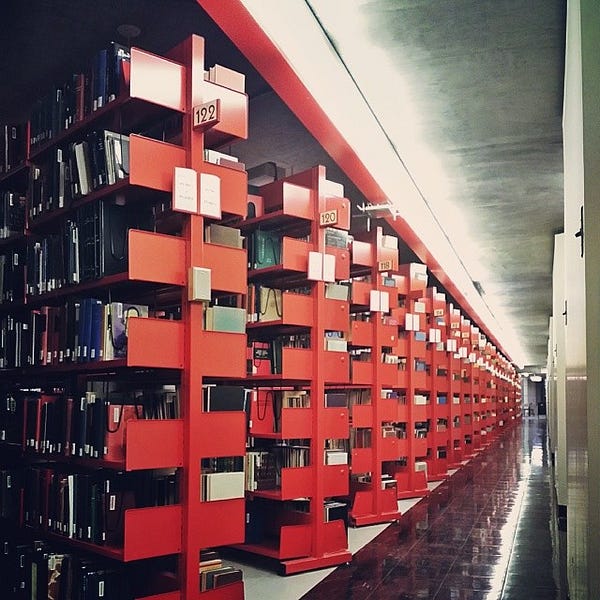
This library is where I perfected my browsing technique of wandering through the stacks with no sense of what subject I happened to be in, simply stopping at whatever book happened to catch my eye. It proved quite a mind-expanding technique, and over the course of my time with this library I experimented with all sorts of variations on this: stopping every five minutes then checking the top shelf. Stopping between songs while listening to the INXS album kick then pulling out a book with my foot. It sounds random and it is, but I have discovered many books using this technique including Zen and the Art of Archery, The Wine of Youth by John Fante, Hearths of Darkness (an excellent study of how the Family is represented in Horror films) and An Assassin’s Diary by Arthur Bremer which is an odd, thin diary by the real-life assassin of Alabama Governor George Wallace.

This was a small, weird and likely haunted place that seemed less like a library and more like the refuge of a vampire.The librarians gave off the odd feeling that they might have lived there. The building had the look of a small victorian church, and even featured an ornate fountain outside complete with a basin for horses to drink from.
The fiction stacks were arranged in a long room with a mezzanine surrounding it. This upper level held biographies and history books. Hunting through this section could be fascinating. For some reason the library had a lot of volumes from the seventies and early eighties that I have never seen anywhere else. It’s as though they had a significant budget for a few short years and then had been left with a small allowance ever since.
This library is where I first encountered all three volumes of Michael Moorcock’s strange and psychedelic saga The Dancers at the End of Time. I bring this up because running into Moorcock’s books in any library is a shamefully rare occurrence. He seems to have been stuck into that unfortunate cadre of writers that libraries for one reason or another rarely carry. In this group you’ll find (or rather won’t find) authors such as H.P. Lovecraft, Robert E. Howard and the Strugatsky Brothers. Why are they so rarely stocked by libraries? I have no idea. I can only assume there is some kind of left-over prejudice against pulp fantasy and science fiction authors.
My current library, and without a doubt the peak of my library experiences so far.
I think they won me over when I realized they were perfectly willing to order a book on my behalf to add to their collection. They have done this on multiple occasions without blinking an eye. Books they have ordered for me have included Super Gods by Grant Morrison and a study of John Carpenter’s They Live.
In most cases the way that science fiction is separated out from the rest of the fiction stacks has always kind of annoyed me. But at this library, the vast long wall filled with thousands of sci-fi volumes feels less like a case of genre ghettoization and more like being let into a focused private collection.
My favorite part of this library though might not be the collection. Instead I think it’s the events the library stages on a nearly daily basis. Whether it’s a visiting author, a Star Wars festival or a job fair, the library has worked to transform itself from a repository of books into a truly invaluable community resource.
In short, it’s a living breathing place. As every library on this list is. And each of them deserves our protection, our gratitude and even our love.
They already have mine.
Nested Scrolls: Rudy Rucker’s Portrait of the Artist as Natural Born Weirdo
If you’re interested in science fiction, you’ve probably bumped up against the name Rudy Rucker a few times in the course of your travels. For the last four decades, he’s been cranking out an unapologetically trippy brand of sci-fi that mixes beatnik surrealism with a highly cerebral take on topics like infinity, alternate dimensions and nanotech. At the same time as his sci-fi career, he’s also charted a course for himself as a widely respected professor of mathematics and computer science, authoring popular science books like Infinity and the Mind.
Nested Scrolls is his 2011 autobiography, a laid-back, conversation telling of his journey from “Bottom of the totem pole” student in rural Kentucky, to becoming a math whiz who shared thoughts with Godel, to Silicon Valley pioneer, to Science Fiction master.
In one of his books, 1984 Master of Time and Space, Rucker’s fictional surrogate Joe Fletcher finds himself caught in a multi dimensional, self-referential size-loop:
Although my dome light wasn’t on, the inside of my car was lit up. I glanced around to find the cause. Resting on the seat next to me there was a sort of toy car, a scale model 1956 Buick with blazing headlights. The headlights were aimed at my corduroy-clad right leg. It looks as if the toy car even had a toy driver. I put my hand on it, then drew back with a scream.
Just as my thumb touched the wrap around windshield of the model car, a giant’s hand had swooped down out of the darkness to press its hamlike thumb against my own windshield! When I withdrew my hand the giant followed suit.
Nested Scrolls works in similar way. With Rucker telling a generally chronological tale, but never hesitating to move back and forth in time or even back to the present, nesting certain stories within others and creating a generally Fractal approach to the auto-bio genre.
From the very first pages in which he recounts a beautiful little story which involves saying “I Love you” to a seagull, Rucker maintains the steady voice of a guy who doesn’t take himself to seriously, and has generally had a positive experience on his trip. It’s a soothing feeling – the literary equivalent of Something like a Vince Guaraldi album: A hint of melancholy, a Big dash of fun and a zen core that let’s us know there’s steady hand at the controls.
At one point in the book he recounts visiting his father, who he always refers to as “Pop” on his deathbed. His father asks, “what was I so worried about?” referring to all of the stresses and problems that we run up against in life. Rucker takes this as a very profound lesson. And from the book, you can tell it’s a lesson that he’s taken to heart
Listening to the Diamond Age

I’m currently listening to Neal Stephenson’s 1995 nano-tech bildungsroman on audiobook.
The story itself is incredible – wild, dense and visionary. But what makes the audiobook such a fantastic way to absorb the book is the performance of the reader, Jennifer Wiltsie. Her range of accents and voices is flawless, from Neo-Victorian John Percival Hackworth’s stiff british accent, to the innocent small voice of our Little Hero Nell. But it’s not just the main characters who get this treatment. Every character no matter how small (and the cast is huge) gets their own voice and personality. She single handedly transforms Stephenson’s novel into an truly immersive experience.
